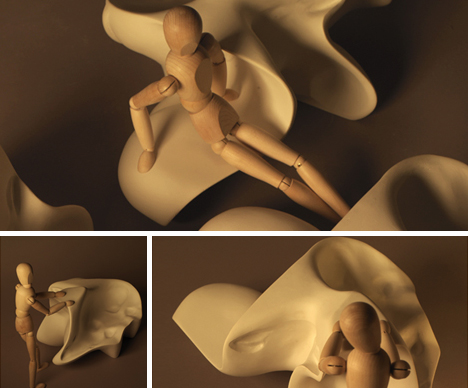
Anyone who has been to art school (or taken any kind of life drawing class) should recognize these little figures – the miniature people-proportioned wood dolls you can bend and twist into shape and use to study the human form at a smaller (and more portable) scale.
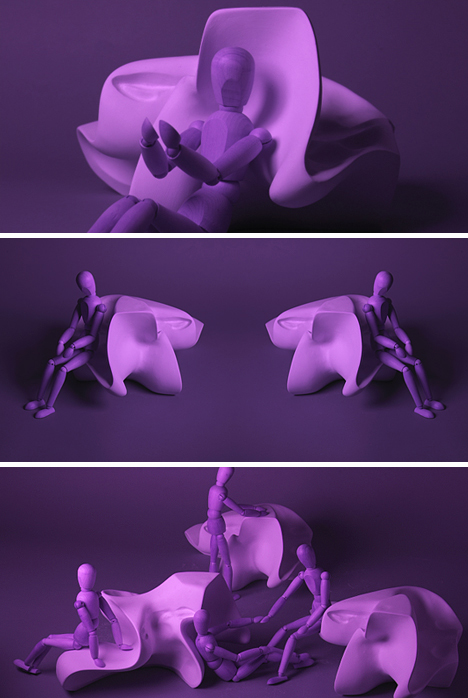
Flokkk has taken a set of these tiny faux persons and used them to test a series of furniture forms and express their results without the construction of full-size mock-ups. This is particularly significant since such complex shapes are incredibly difficult to actually build at larger scales, and these are theoretical proposals for the direction of actual public furniture building.
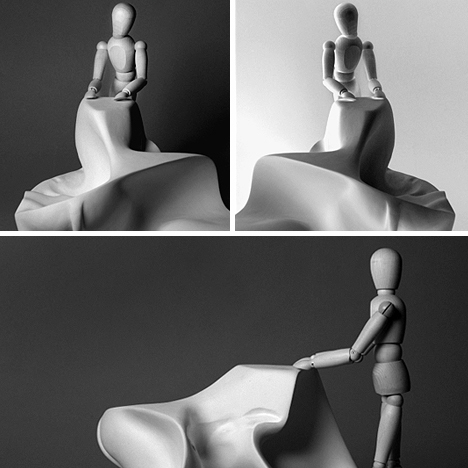
The designers end up somewhere between pseudo-scientists engaging in real studies of ergonomics and playful stop-motion puppeteers using malleable, toy-like statues and strategically tinted photographs in sequence to tell a series of visual stories.
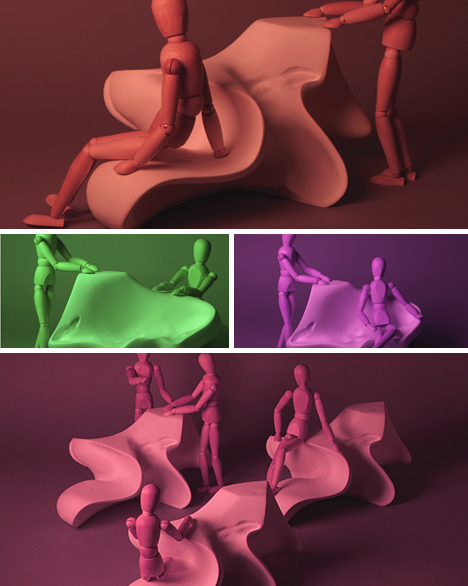
Each picture is expertly composed, shot and framed, showing interactions between faux individuals and their furniture objects in a stark and purist fashion.
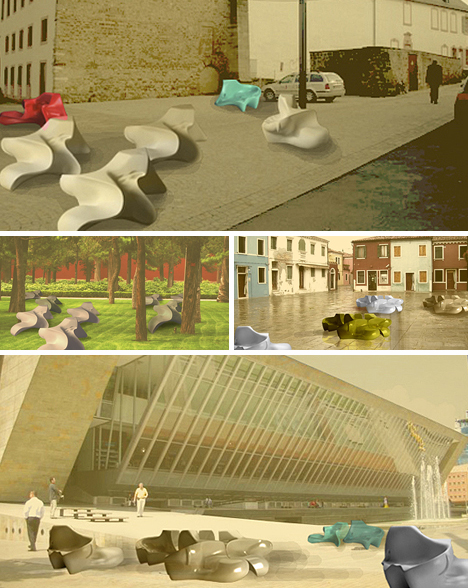
Representation is a key part of presentation (or, linguistically, the other way around). Some architects and industrial designers show off their ideas through three-dimensional models (physical or digital), montages or sketches … but many space creators might find this hybrid form of modeling and photography works well to set the stage for more realistic, later-stage design proposals. And at the end of this particular storyline?
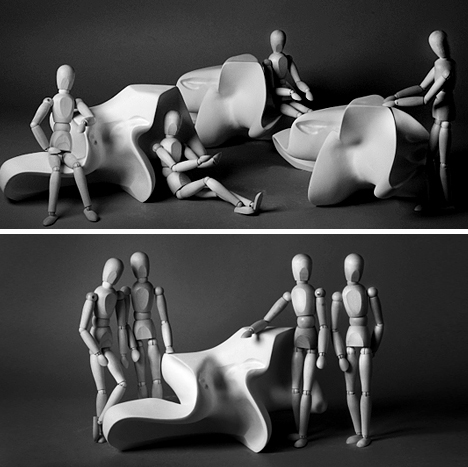
The four doll figures compose themselves into a photo worthy of the century-old scientists, teachers or workers who would gather and look into the camera for a group picture, their work standing between them.


No comments:
Post a Comment